Three moles of an ideal gas undergo a cyclic process shown in figure. The work done by the gas during the process is ["Take ln (2)" = 0.693]
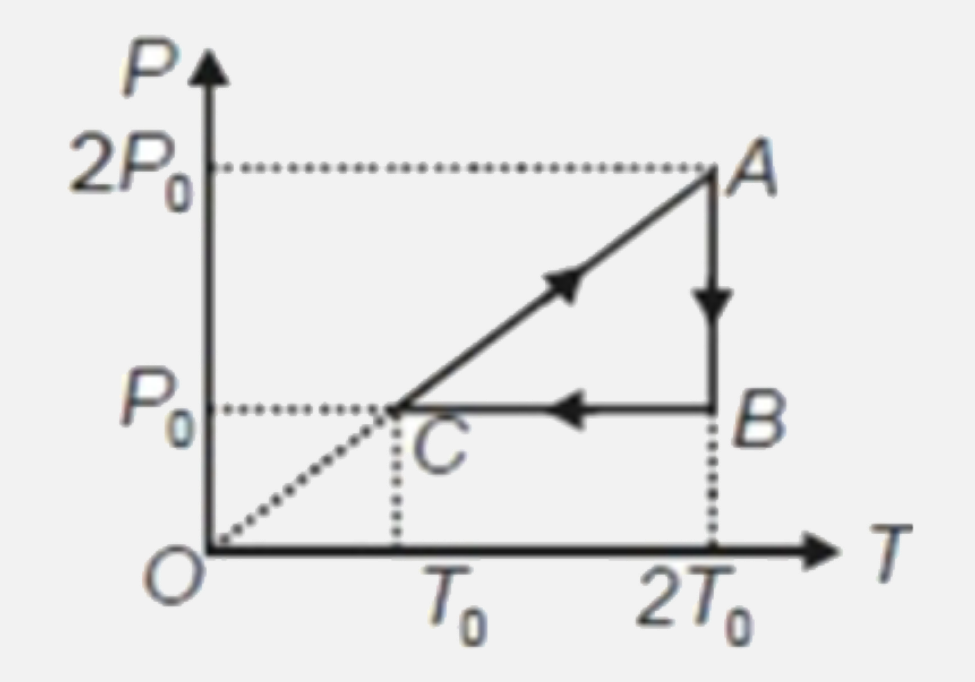
A. 2.36 RT0
B. 0.5RT0
C. 1.16RT0
D. −0.58RT0
2.36 RT0
0.5RT0
1.16RT0
−0.58RT0
The correct Answer is:C
Step by step video & image solution for Three moles of an ideal gas undergo a cyclic process shown in figure. The work done by the gas during the process is ["Take ln (2)" = 0.693] <BR><BR>A. 2.36 RT_0<BR>B. 0.5RT_0<BR>C. 1.16RT_0<BR>D. -0.58RT_0 by Physics experts to help you in doubts & scoring excellent marks in Class 12 exams.
Updated on:21/07/2023Similar Questions
Two moles of a monoatomic ideal gas undergoes a process AB as shown in the figure. Then, find the work done during the process in Joule.
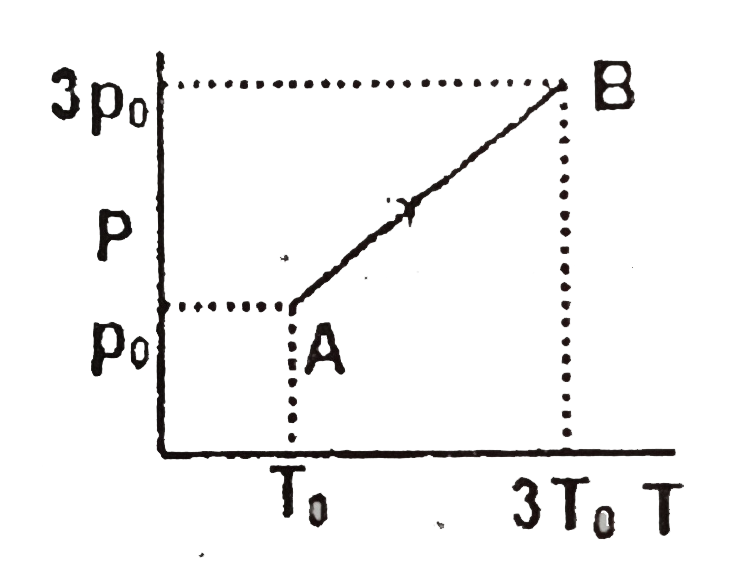
View SolutionTwo moles of an ideal gas are undergone a cyclic process 1-2-3-1. If net heat exchange in the process is 300J, the work done by the gas in the process 2-3 is
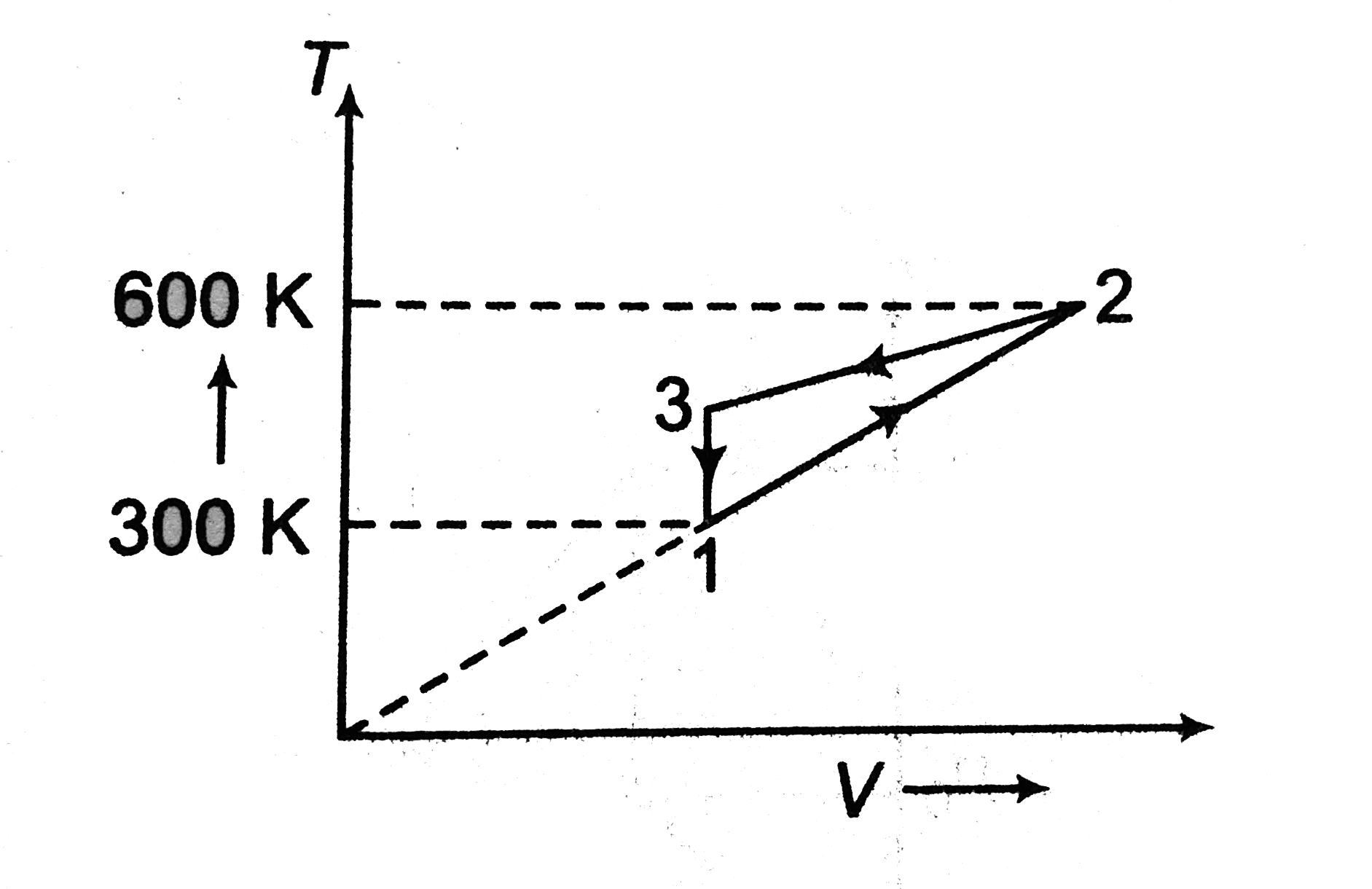
View Solution
Knowledge Check
One mole of an ideal gas undergoes a cyclic process ABCDA as shown in the P-V diagram, The net work done in the process is
(1 atm=10^(6) dyne cm^(-2)) A500 JB700 JC800 JD900 J
A500 JB700 JC800 JD900 J
n moles of a diatomic gas has undergone a cyclic process ABC as shown in figure. Temperature at a is T0. Find volume at C
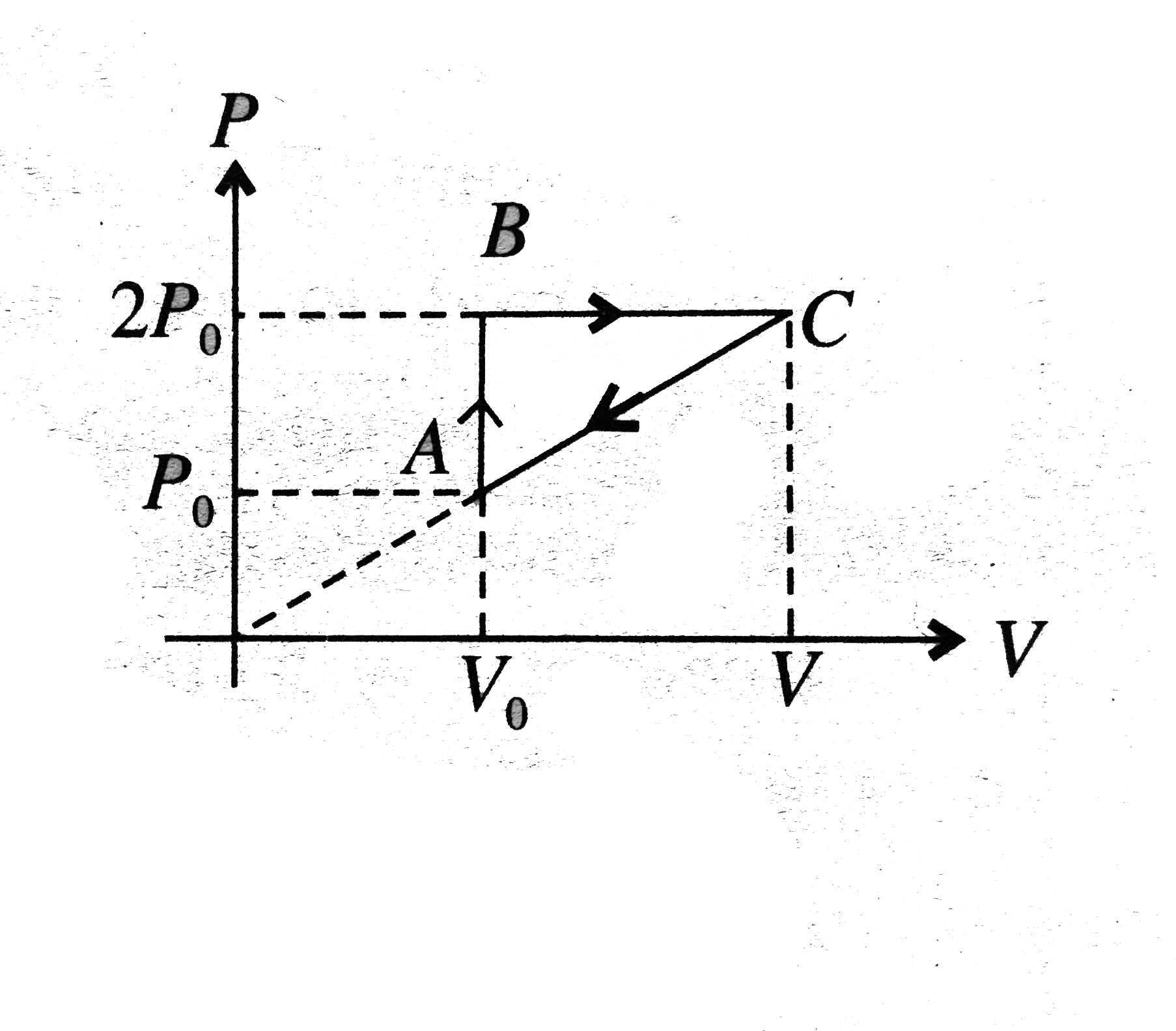
View SolutionOne mole of an ideal mono-atomic gas is taken round cyclic process ABCD as shown in figure below. Calculate work done by the gas.

View SolutionAn ideal gas undergoes a cyclic process whose indicator diagram is as shown in the figure. Find the work done by the gas in 1 complete cycle.
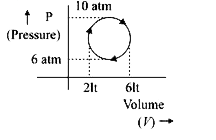
View SolutionCorresponding to the process shown in figure, the heat given to the gas in the process ABCA is (0.2x)J. Find value of x.

View Solution0.5 moles of an ideal monoatomic gas undergoes a thermodynamic process from A to B as shown in figure. The change in internal energy of the gas during the process from A to B is
View SolutionΔU=0 in a noncylic process of an ideal gas. The process
View SolutionAn ideal monoatomic gas undergoes a cyclic process ABCA as shown in the figure. The ratio of heat absorbed during AB to the work done on the gas during BC id

View Solution
